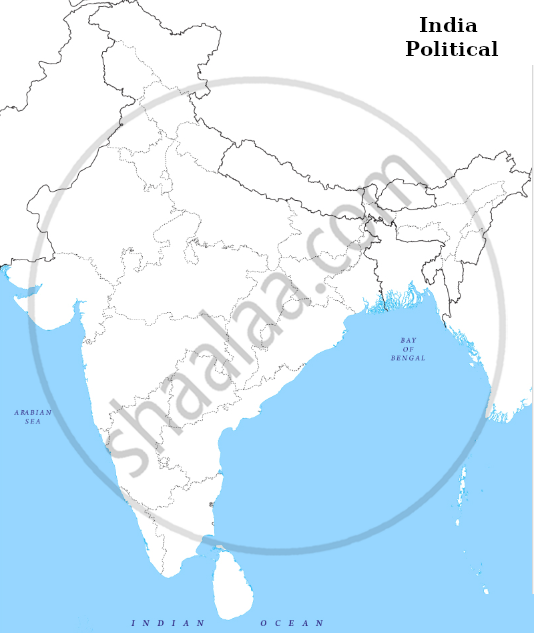Advertisements
Advertisements
प्रश्न
Answer in 100-150 Words
How Did Mahatma Gandhi Seek to Identify with the Common People?
उत्तर
Mahatma Gandhi seeked to identify himself with the common people of India. For this action plan
(a) He began to live in a very simple life style. He wore simple clothes which a poor Indian would wear.
(b) He spoke the language of local people.
(c) Mahatma Gandhi opposed the caste system and attacked untouchability personally lived with the Harijan.
(d) Mahatma Gandhi attached dignity to labour and physical work. He worked on Charkha and cleaned toilets.
(e) He attacked the sentiment of the feeling of classifying people into low and high.
APPEARS IN
संबंधित प्रश्न
Answer in 100-150 Words
How Was Mahatma Gandhi Perceived by the Peasants?
Write a Short Essay (250-300 Words) on the Following:
How Was Non-cooperation a Form of Protest?
Write a short essay (250-300 words) on the following:
In what way did Mahatma Gandhi transform the
nature of the national movement?
A series of ‘Praja Mandals’ was established to promote nationalist creed in ______.
Who led the Khilafat Movement in India?
Match the following.
| (i) | Jallianwala Massacre | (a) | 1918 |
| (ii) | Peasant movement in Kheda | (b) | April 1919 |
| (iii) | Second Round Table conference | (c) | 1939 |
| (iv) | Second World War started | (d) | 1931 |
Choose the correct option.
On the given political outline map of India, locate and label the following with the appropriate symbol:
The place where Gandhiji started satyagraha for the indigo planters.

Consider the following events:
- Jallianwala Bagh Massacre
- Khilaf at Movement
- Formation of Swaraj Party
- Arrival of Simon Commission
The correct chronological order of these events is:
Who of the following organized a march on the Tanjore coast to break the Salt Law in April 1930?
In which Satyagraha, Gandhiji asked for the remission of taxes for peasants following the failure of their harvest?
What was the main demand of khilafat movement?
Consider the following statement regarding Rowlatt Satyagraha
- Rowlatt Act was passed in the year 1915.
- It was passed on the recommendation of a committee chaired by Justice CN Broomfield.
- This Act permitted detention without trial.
- Gandhiji called for a countrywide campaign against this Act.
Which of the above statements is/are not correct?
Match the following.
| List I | List II |
| A. Parallel government | 1. Dandi |
| B. Assassination of Mahatma Gandhi | 2. Amritsar |
| C. Salt Satyagraha | 3. Delhi |
| D. Jallianwala Bagh Massacre | 4. Satara |
Explain the importance of the Non-Cooperation Movement.
On the given political outline map of India mark and label of the follow with appropriate symbol:
The place where Jallianwala Bagh Massacre happened.

"As a consequence of the Non-cooperation Movement the British Raj was shaken to its foundation for the first time since the Revolt of 1857." Explain the statement with examples.
"Mahatma Gandhi's own role was vital in the growth of 'Gandhian Nationalism' but it also depended on his followers". Explain the statement with examples.
Assertion (A): Gandhiji called for a countrywide agitation against the Rowlatt Act.
Reason (R): British authorized the government to imprison people without trial.
Describe the role of Gandhiji in the Indian freedom struggle from 1922 till 1931.
Explain the role Gandhiji in Indian Freedom movement from 1916 till 1922.
